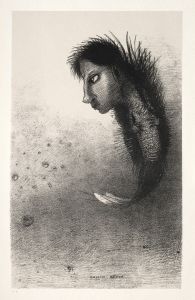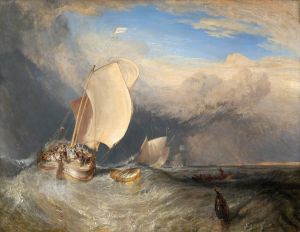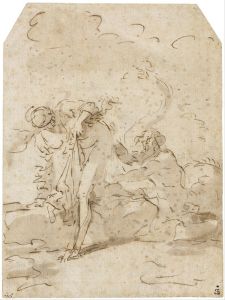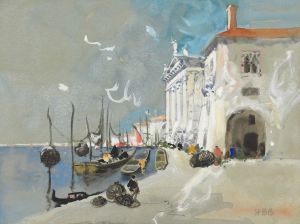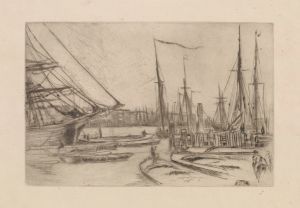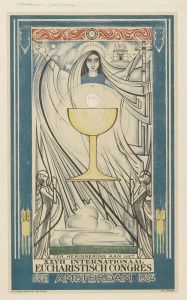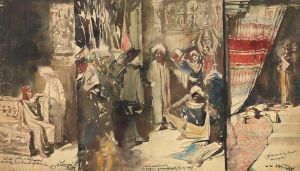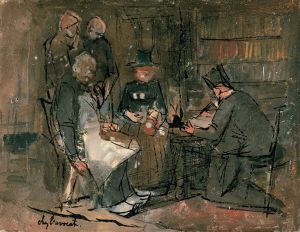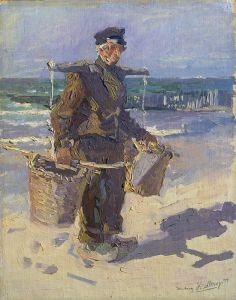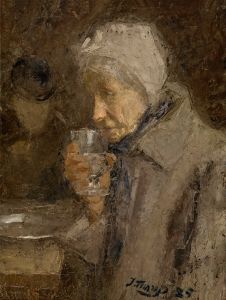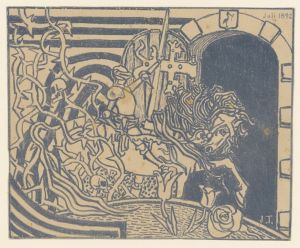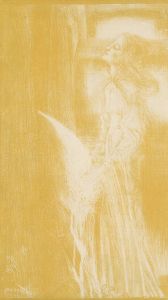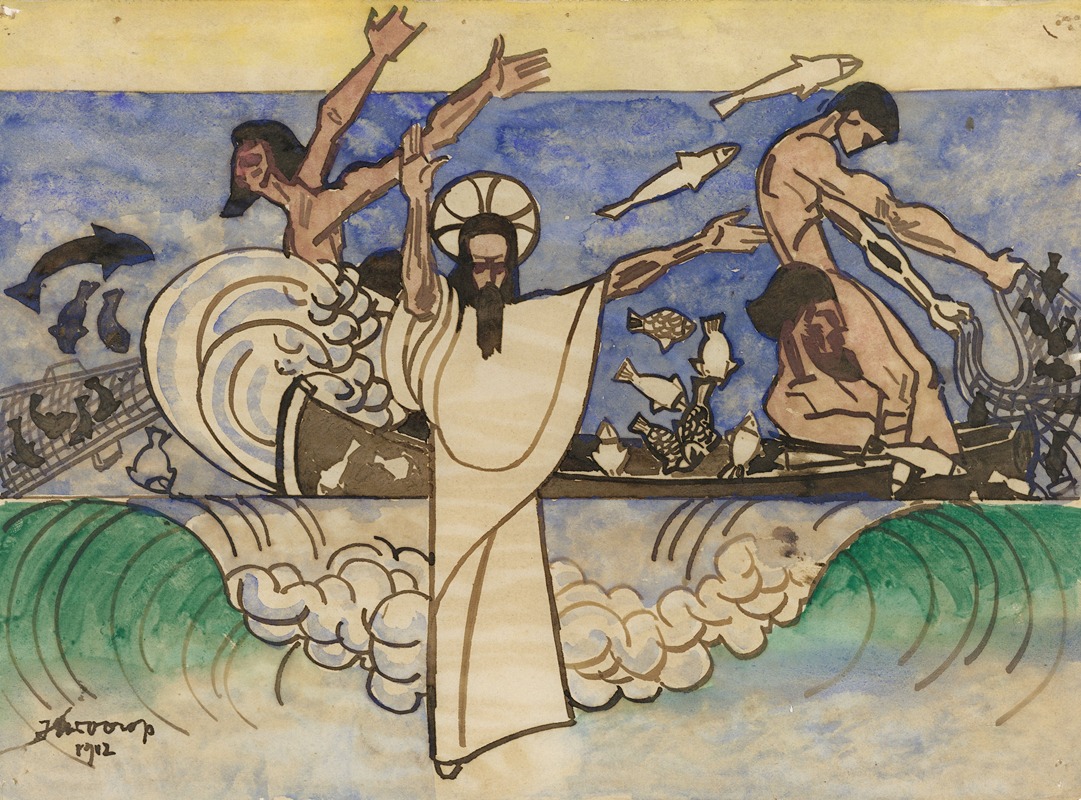
De wonderbare vischvangst
A hand-painted replica of Jan Toorop’s masterpiece De wonderbare vischvangst, meticulously crafted by professional artists to capture the true essence of the original. Each piece is created with museum-quality canvas and rare mineral pigments, carefully painted by experienced artists with delicate brushstrokes and rich, layered colors to perfectly recreate the texture of the original artwork. Unlike machine-printed reproductions, this hand-painted version brings the painting to life, infused with the artist’s emotions and skill in every stroke. Whether for personal collection or home decoration, it instantly elevates the artistic atmosphere of any space.
Jan Toorop's De wonderbare vischvangst (The Miraculous Draught of Fishes) is a painting created by the Dutch-Indonesian artist Jan Toorop, who was a prominent figure in the Symbolist and Art Nouveau movements. The artwork is inspired by the biblical story of the miraculous catch of fish, as recounted in the Gospel of Luke (5:1-11) and the Gospel of John (21:1-14). This narrative depicts Jesus instructing his disciples to cast their nets into the water, resulting in an abundant catch, symbolizing faith, divine intervention, and spiritual fulfillment.
Toorop, born in 1858 in Purworejo, Java (then part of the Dutch East Indies), was known for his eclectic style, which evolved throughout his career. He experimented with various artistic movements, including Impressionism, Pointillism, and Symbolism. By the time he created De wonderbare vischvangst, Toorop had embraced Symbolism, which often incorporated spiritual and mystical themes. His works during this period frequently featured elongated figures, intricate lines, and a dreamlike quality, reflecting his interest in conveying deeper, often religious, meanings.
The painting is characterized by its stylized forms and detailed composition, typical of Toorop's Symbolist phase. The figures in the artwork are rendered with elongated and flowing lines, creating a sense of movement and spirituality. The use of color and texture enhances the mystical atmosphere, drawing the viewer into the narrative. Toorop's interpretation of the biblical story emphasizes the spiritual significance of the event, focusing on themes of faith and divine grace.
De wonderbare vischvangst reflects Toorop's deep engagement with religious and philosophical ideas, which became increasingly prominent in his work after his conversion to Catholicism in 1905. This shift in his personal beliefs influenced his artistic output, leading him to create works that explored Christian themes and sought to inspire contemplation and devotion.
The painting is part of Toorop's broader body of work, which has been celebrated for its unique synthesis of European and Javanese influences. His ability to blend different cultural and artistic traditions has made him a significant figure in the history of modern art. Today, De wonderbare vischvangst is recognized as an important example of Toorop's Symbolist period and his exploration of religious themes.
Further details about the specific location or current ownership of the painting are not widely documented.






